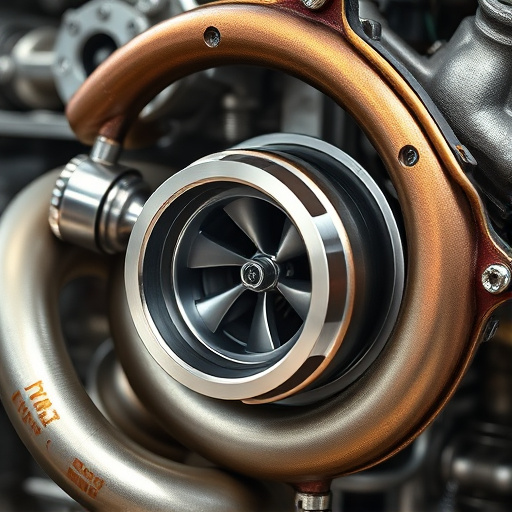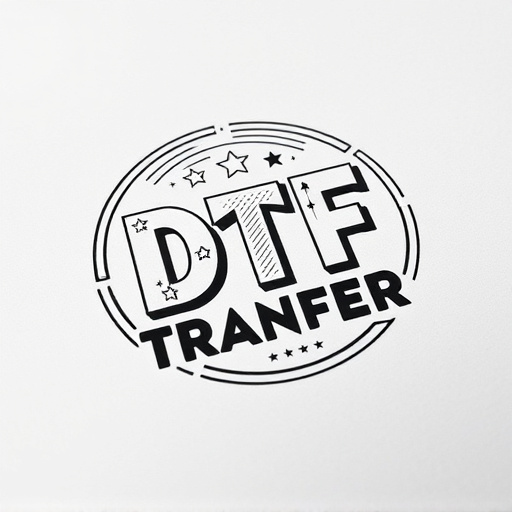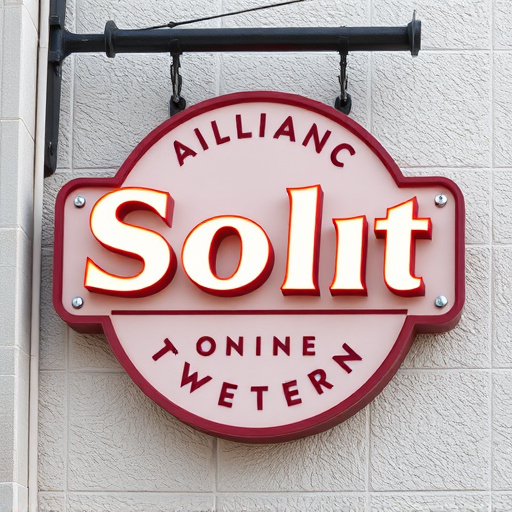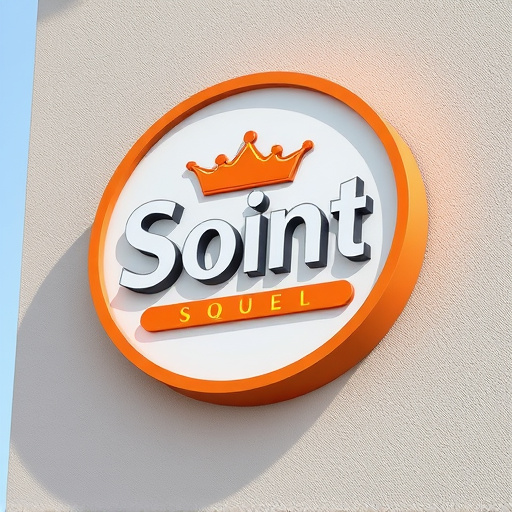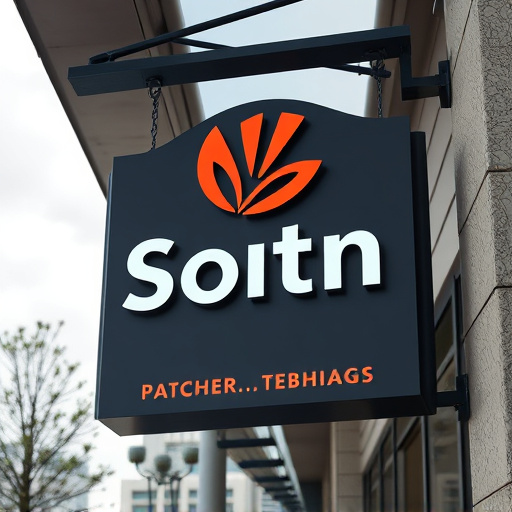Quality workmanship standards are paramount in automotive detailing, ensuring final products exceed expectations through meticulous craftsmanship including precise panel fitting, flawless paint jobs, and interior conditioning tailored to each project's unique needs. Systematic project audits, guided by clear protocols, meticulously scrutinize every stage from planning to completion, driving continuous learning and elevated quality standards while minimizing deviations and maximizing client satisfaction. Post-audit analysis reveals potential problem areas, leading to strategic improvements like standardized training that promote a culture of continuous learning within the team.
Ensuring top-notch quality workmanship is vital for project success. This comprehensive guide walks you through a structured approach to audit projects, guaranteeing exceptional outcomes. First, define clear quality workmanship standards tailored to your industry. Next, establish systematic audits at strategic intervals using standardized checklists. Effectively analyze audit findings, identifying areas for enhancement and implementing data-driven improvements. By following these steps, you’ll consistently deliver high-quality results, fostering client satisfaction and project integrity.
- Define Quality Workmanship Standards
- Implement Systematic Project Audits
- Analyze Findings and Implement Improvements
Define Quality Workmanship Standards

Quality workmanship standards are the cornerstone of any successful project, especially in industries like automotive detailing. Defining these standards early on is paramount to ensuring that the final product meets or exceeds expectations. For premium automotive services providers, this involves setting clear criteria for aesthetics, durability, and safety, among other factors. These standards should be detailed, specific, and tailored to the unique requirements of each project, whether it’s a routine detail or a custom vehicle wrap.
In the context of automotive detailing and premium automotive services, quality workmanship means delivering not just a clean car but a meticulously restored or enhanced one. This could involve precise panel fitting in custom wraps, flawless paint jobs, or meticulous interior conditioning. By clearly defining these standards, service providers can guarantee clients that their vehicles will be treated with the utmost care and expertise, fostering trust and satisfaction.
Implement Systematic Project Audits

Implementing systematic project audits is a cornerstone for ensuring quality workmanship across all projects. This structured approach involves regular, methodical assessments that go beyond surface-level checks. By establishing clear audit protocols, teams can meticulously evaluate every stage of a project—from planning to execution and completion. Such audits don’t just identify defects; they provide valuable insights into areas for improvement, fostering continuous learning and enhancing overall quality standards.
Regular audits also serve as a powerful tool for maintaining consistency in processes, especially in sectors like vehicle enhancement and paint correction, where custom graphics require meticulous detail. Systematic checks guarantee that every project adheres to predefined quality benchmarks, minimizing deviations and ensuring client satisfaction. This proactive approach not only saves time and resources but also builds trust in your organization’s commitment to delivering top-tier work.
Analyze Findings and Implement Improvements

After a thorough project audit, it’s crucial to analyze all findings and identify areas for improvement. This involves critically evaluating each phase of the project against established quality standards and best practices. By examining every detail, from material selection (e.g., ensuring scratch protection for high-gloss finishes) to installation techniques (like proper ceramic window tinting application), potential issues can be pinpointed.
Implementing improvements requires a strategic approach. Prioritize changes based on their impact on quality workmanship and customer satisfaction. For instance, if the audit reveals inconsistent vehicle enhancement procedures, training sessions could be organized to standardize these practices. This not only ensures higher-quality outcomes but also fosters a culture of continuous improvement within the project team.
Auditing projects for quality workmanship is a proactive approach that ensures standards are met and continuous improvement is fostered. By defining clear quality workmanship standards, implementing systematic project audits, and analyzing findings for actionable improvements, organizations can enhance overall project outcomes. This process not only guarantees high-quality deliverables but also builds trust with stakeholders and strengthens the reputation of the organization.
